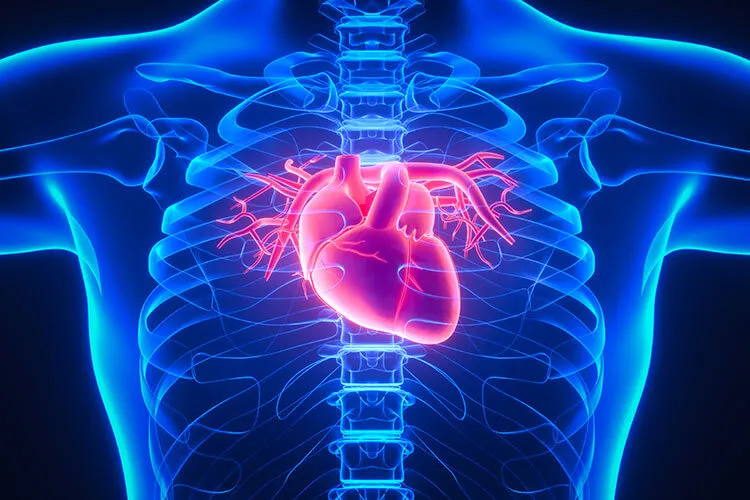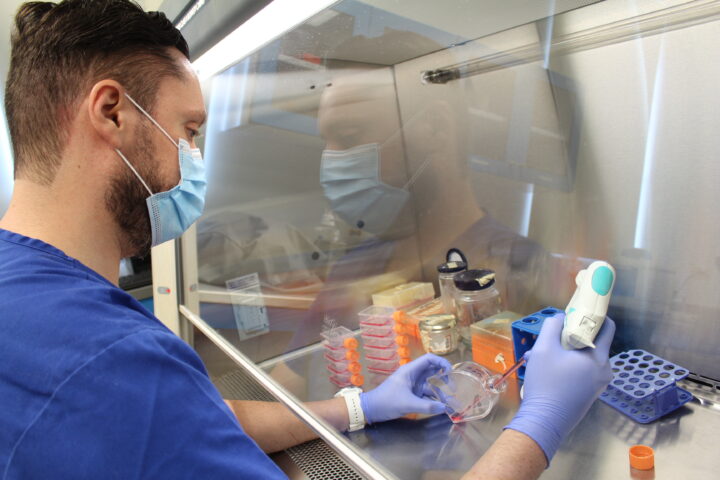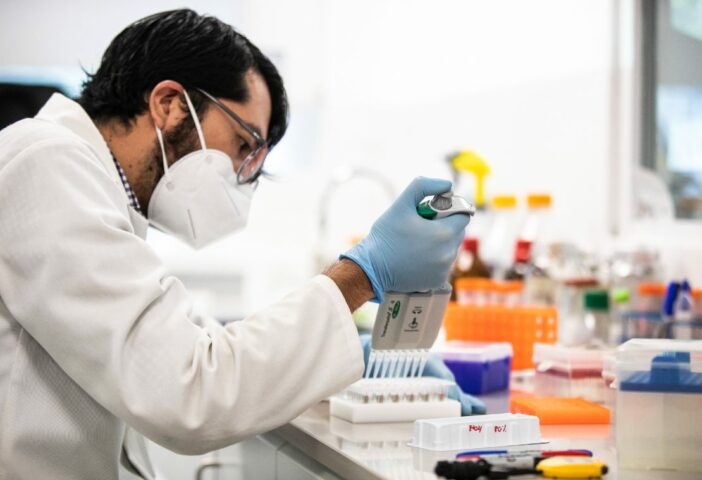Cardiogenic shock is a state prior to cardiac arrest in which the heart stops pumping blood to the organs. When a situation like this occurs, the patient’s chances of survival are 50%.
“When the heart stops pumping, this means the tissues stop receiving blood and oxygen and they start to receive damage,” says Vicente Jiménez Franco, a cardiologist at TecSalud.
What are the signs of cardiogenic shock?
According to the specialist, there are several stages of cardiogenic shock as it progresses. For instance, anyone who has had a heart attack −at any point in their life− is at risk of cardiogenic shock.
“B (for beginning) means tachycardia and variations in arterial blood pressure. The next is the classic stage, in which different organs are damaged. If this does not stop, it progresses to stage D. If this cannot be stopped, it goes to E, which is the worst,” explains Jiménez.
Although the transition from one stage to the next can take up to days, the cardiologist says that the more time passes, the more damage will be done to other organs.
The main causes include heart attacks, heart failure, heart valve disease, inflammation, and even stress.
The Detroit Protocol
Patients’ chances of survival are very slim when they go into cardiogenic shock. Although the risk of dying has remained the same for the past three decades, researchers began to structure a protocol to reduce this risk five years ago.
“They found that if these patients were treated in an organized manner with a multidisciplinary team −which they called the Detroit Cardiogenic Shock Initiative− they could reduce deaths by 20 to 30%. It was a breakthrough,” explained René Gómez, Director of the Extracorporeal Membrane Oxygenation (ECMO) program at TecSalud.
Tecnológico de Monterrey’s Health System has implemented an identical protocol for the past year to treat patients undergoing cardiogenic shock.
The Shock Team comprises several specialists, including interventional cardiologists, a heart surgeon, an intensive therapy specialist, and the ECMO and cardiac support teams.
The data have shown positive results from implementing the protocol. Before it was applied, 77% of patients treated for cardiogenic shock died. Things changed after applying the protocol:
“This year, we’ve treated 11 patients for cardiogenic shock, of whom six have survived more than 30 days, a survival rate of 55%. All of this has been developed in under a year,” explains Jiménez Franco.
The shock team also wants a national database set up that enables the phenotype of patients in Mexico to be evaluated, as the scientific evidence is based on people from other countries.















